The Vehicle Navigation Antenna stands as a testament to precision engineering, designed to deliver reliable connectivity for critical automotive applications. At its core, the antenna features a dual Fakra connector setup, a choice that underscores its commitment to versatile integration. Fakra connectors are renowned in the automotive industry for their robust mechanical design and secure mating, ensuring stable signal transmission even in the harsh vibrations and temperature fluctuations common in vehicle environments. This dual configuration allows the antenna to handle multiple frequency bands simultaneously, making it a versatile solution for modern vehicles that rely on both navigation and data transmission.

Constructed with high-quality materials, the antenna’s durability is second to none. The ABS plastic housing provides a rugged exterior, resistant to impact, UV radiation, and chemical exposure—essential traits for components mounted on vehicles, which are constantly exposed to the elements. Inside, brass connectors ensure optimal conductivity, minimizing signal loss and maintaining consistent performance over time. The inclusion of a ceramic patch further enhances its efficiency; ceramic is prized in antenna design for its low dielectric loss, allowing for precise signal focusing and improved gain, particularly in the GPS band.
When it comes to electrical performance, the antenna is tailored to meet the demands of modern navigation and communication systems. Its polarity is set to RHCP (Right-Hand Circular Polarization), a critical feature for GPS and GNSS applications. Circular polarization ensures that the antenna can receive signals from satellites regardless of their orientation relative to the vehicle, reducing signal fade and improving accuracy—especially important in urban canyons or under dense foliage where signal reflections are common.
The frequency range is carefully calibrated to cover essential bands: GPS operates between 1560-1580MHz, a range optimized for satellite navigation, while LTE spans 824-960MHz (low band) and 1710-2690MHz (high band), enabling seamless cellular data transmission for real-time traffic updates, over-the-air updates, and vehicle-to-everything (V2X) communication. This dual-band capability ensures that the antenna is not just a navigation tool but a hub for connected car functionalities.
Key performance metrics further highlight its excellence. The VSWR (Voltage Standing Wave Ratio)—a measure of how efficiently RF power is transmitted—stands at ≤2.0 for GPS and ≤3.5 for LTE. These values indicate minimal signal reflection, ensuring that most of the received power is transferred to the receiver, enhancing sensitivity and reliability. With an impedance of 50 ohms, the antenna is perfectly matched to standard coaxial cables and receiver equipment, eliminating the need for additional matching components that could introduce loss.
The gain for GPS is specified at 282dBi, a figure that reflects its ability to amplify weak satellite signals, crucial for maintaining connectivity in challenging environments. Meanwhile, the GPS power supply requirement of 3~5V ensures compatibility with standard vehicle electrical systems, simplifying installation without the need for specialized power converters.

Housed in a compact form factor of 60 * 51 * 16.6 mm, the antenna is easy to install in various vehicle locations—whether on the roof, dashboard, or rear window—without compromising aesthetics or functionality. The RG174 twin cable (black) provides flexibility in routing, with its small diameter allowing for discreet installation while maintaining signal integrity.
In terms of environmental resilience, the antenna operates flawlessly in temperatures ranging from -20°C to +60°C, making it suitable for use in extreme climates, from frigid winter conditions to scorching desert heat. Its storage temperature range is equally broad, ensuring long-term reliability even when vehicles are parked in unprotected areas for extended periods.
Compliance with RoHS standards underscores the manufacturer’s commitment to environmental responsibility, ensuring that the antenna is free from hazardous substances such as lead, mercury, and cadmium. This not only makes it safe for use in consumer vehicles but also aligns with global regulations, facilitating its adoption in international markets.
the Vehicle Navigation Antenna combines robust construction, precise engineering, and versatile performance to meet the demands of modern automotive navigation and connectivity. Its technical specifications are a testament to its ability to deliver reliable, accurate, and efficient signal reception, making it an indispensable component for today’s connected vehicles.

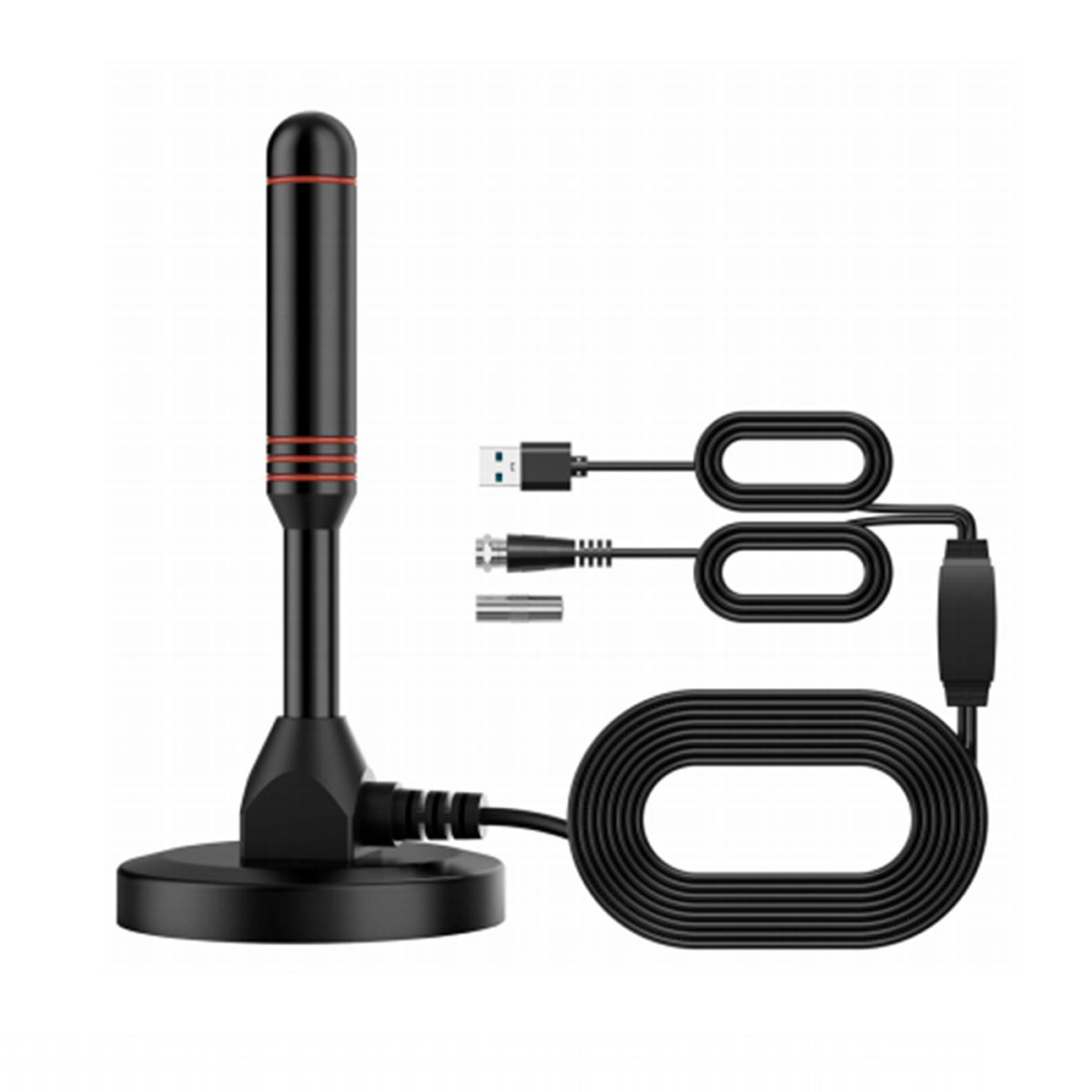
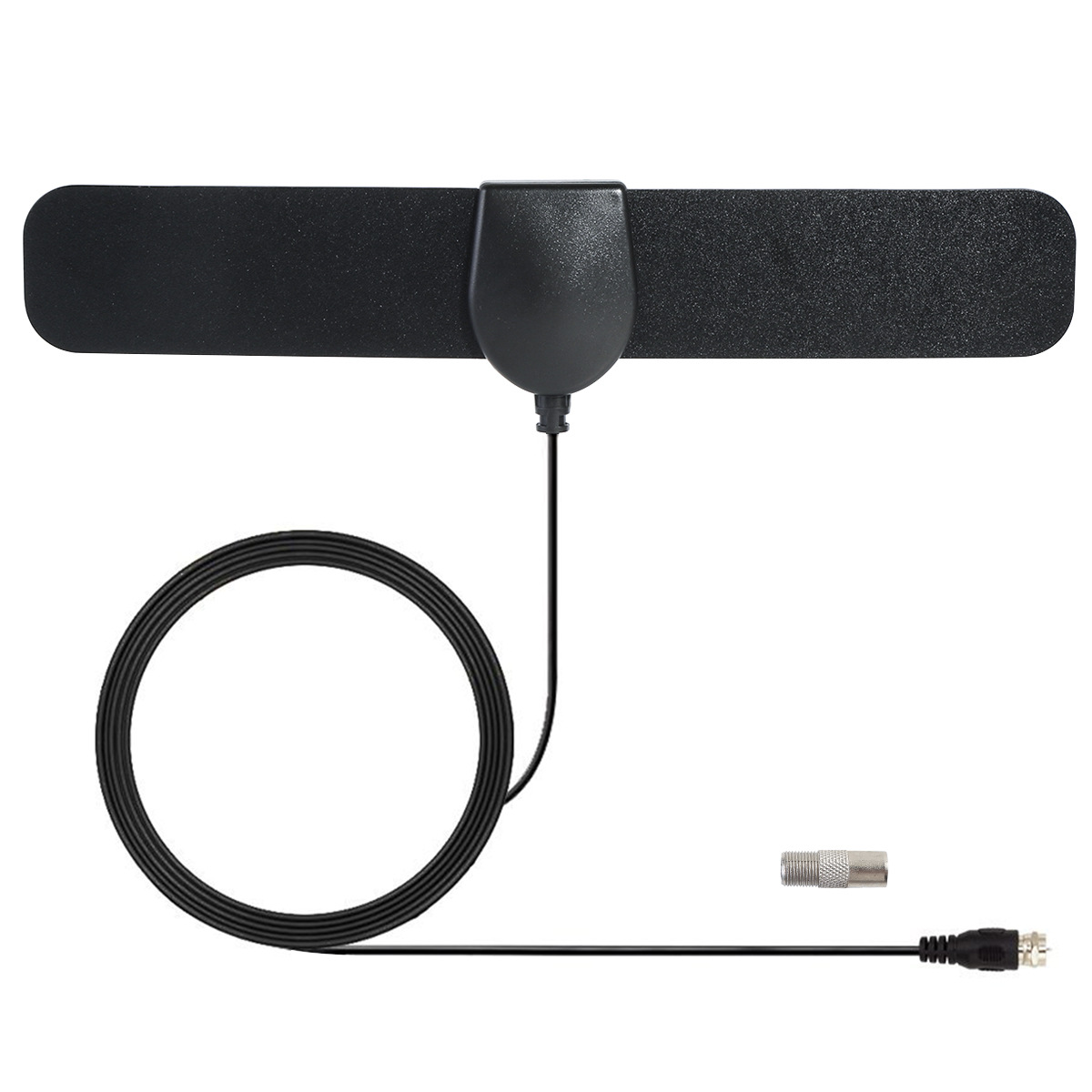
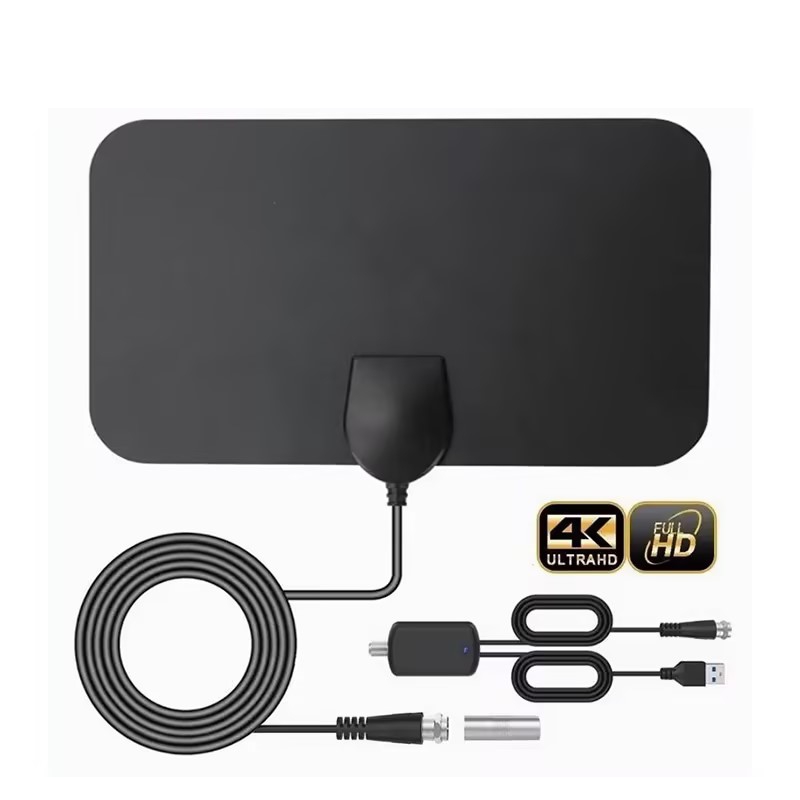


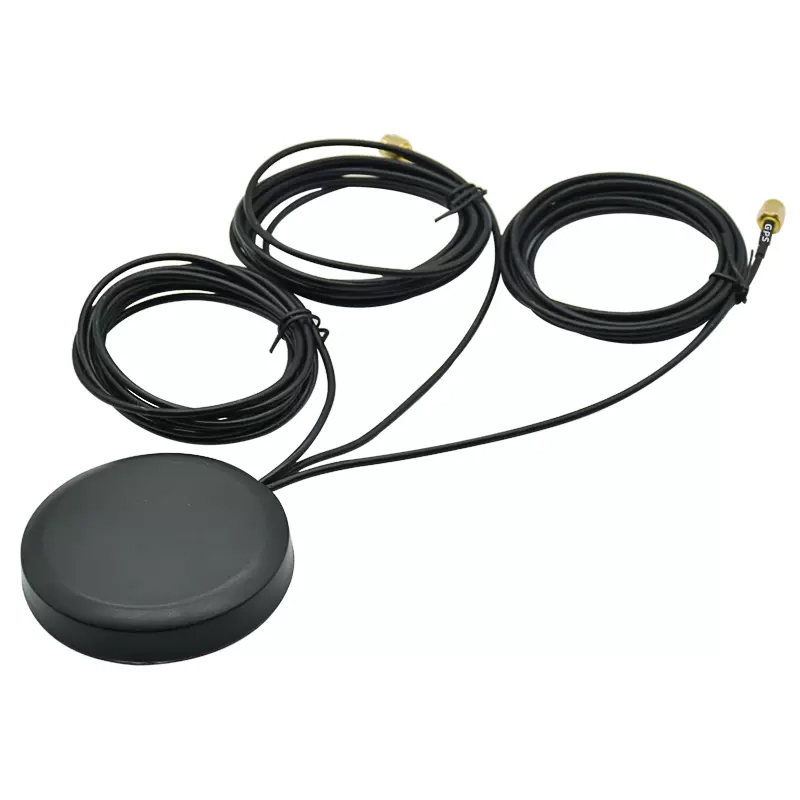
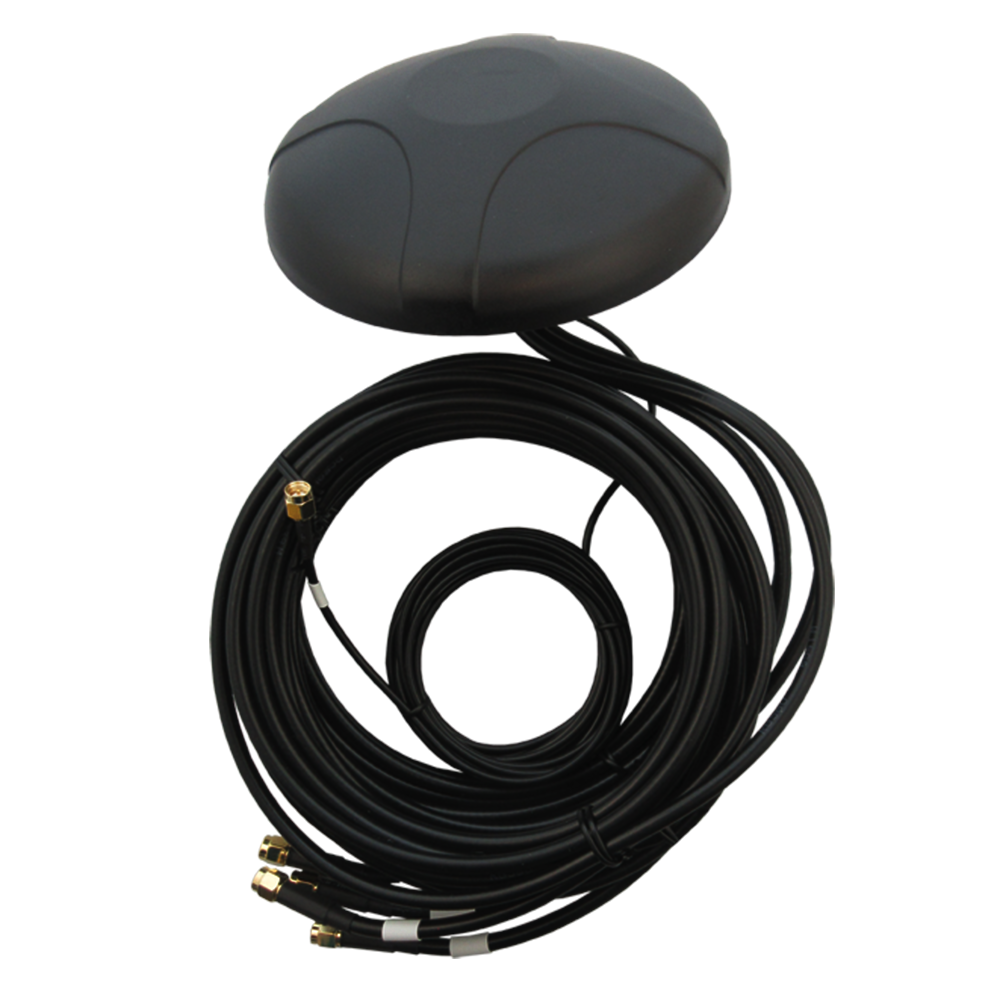
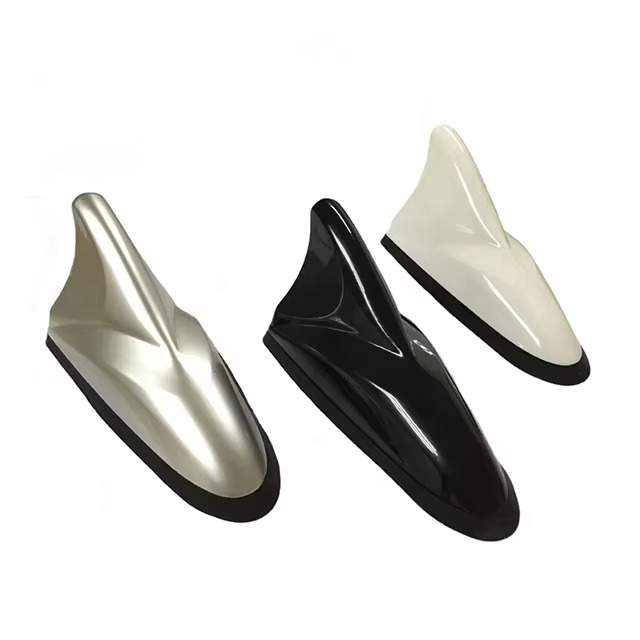
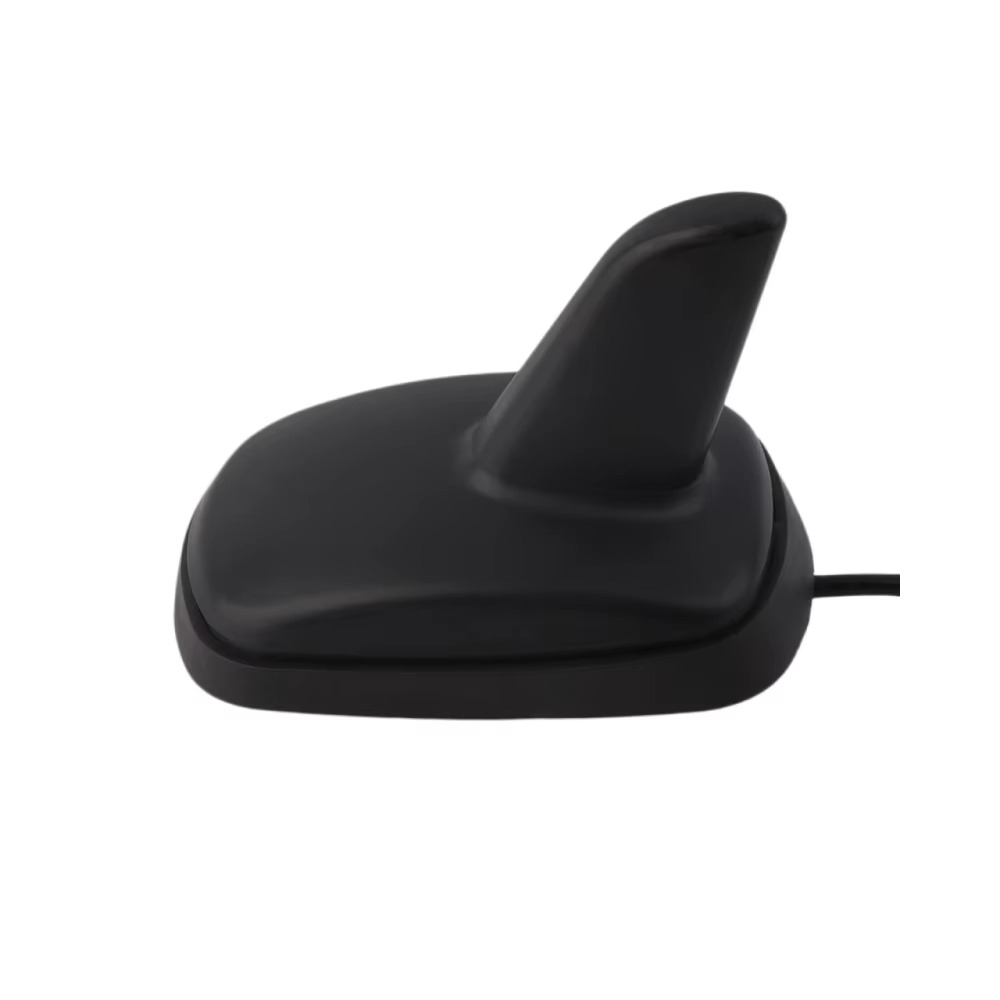
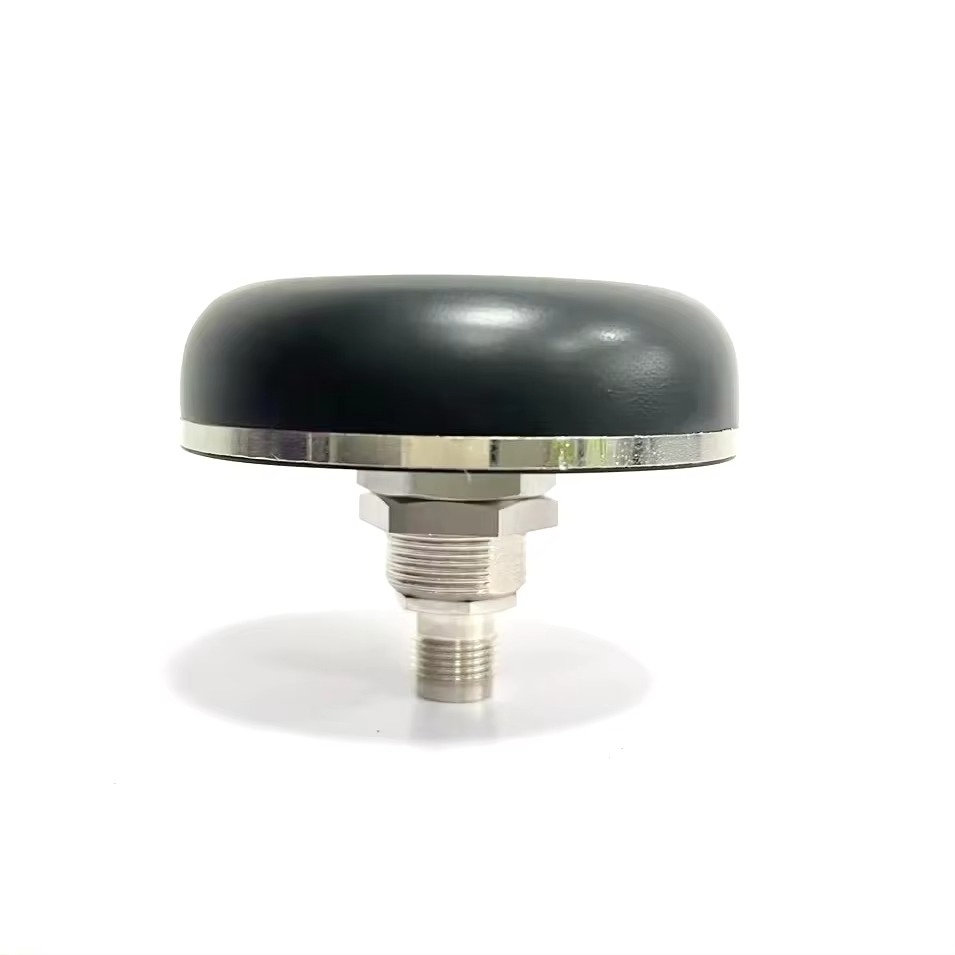
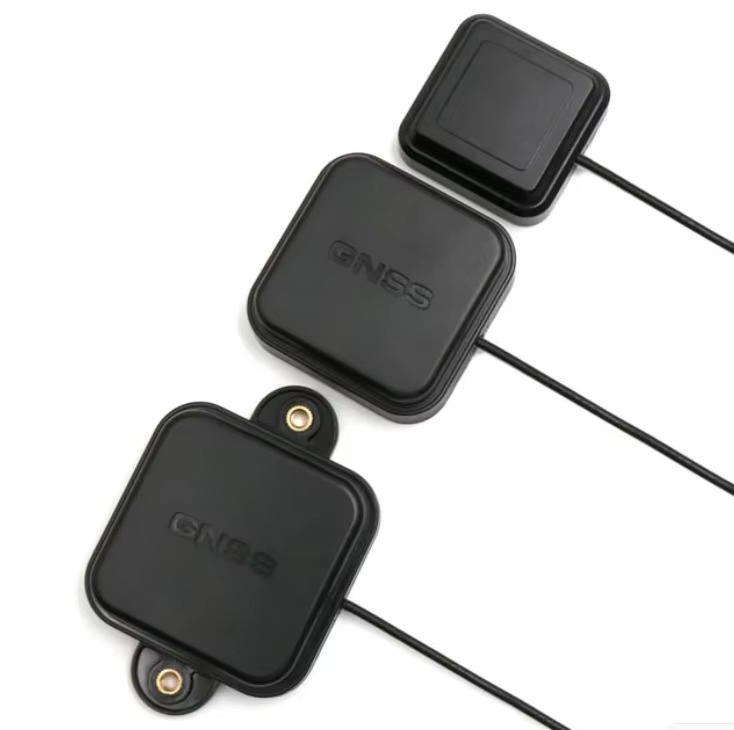

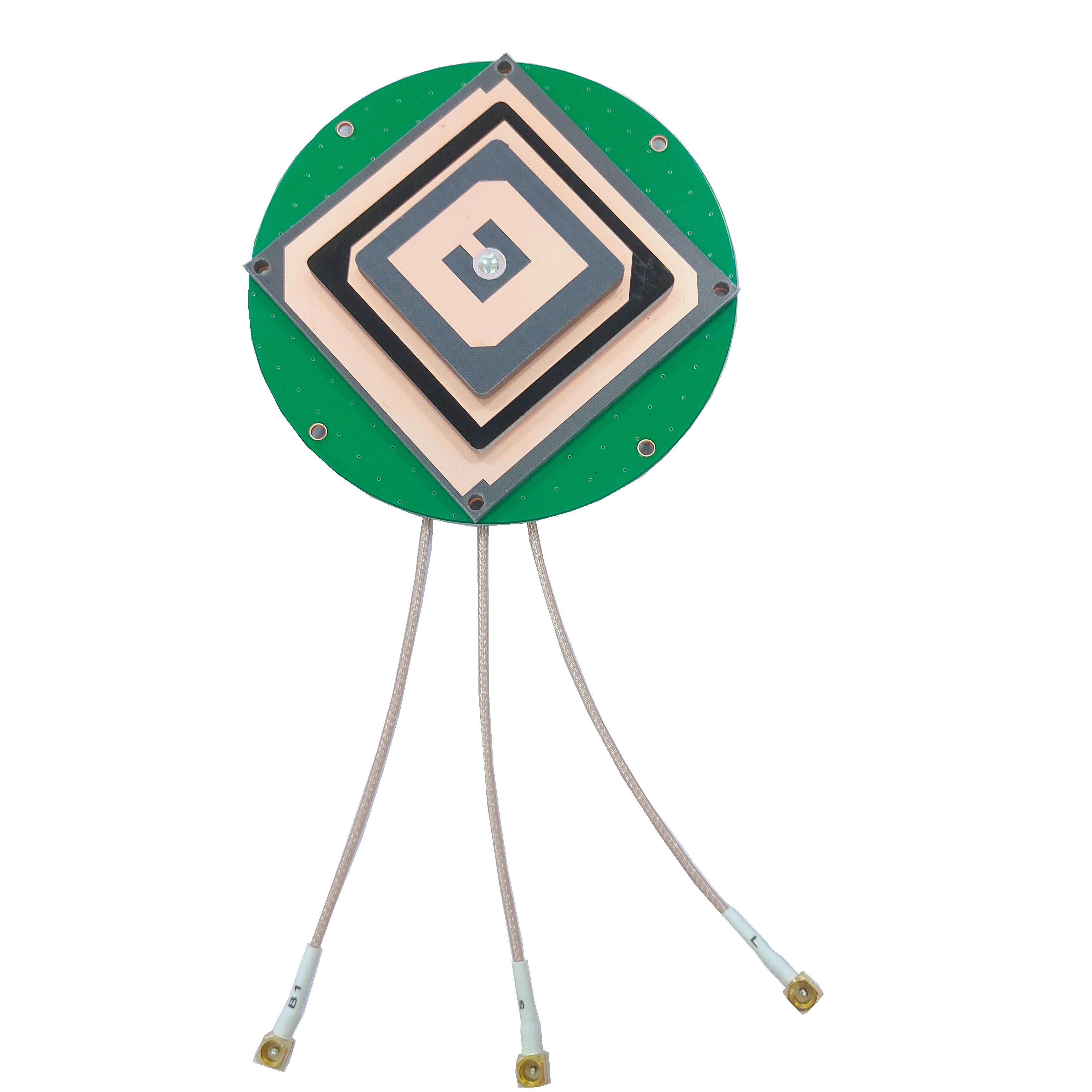
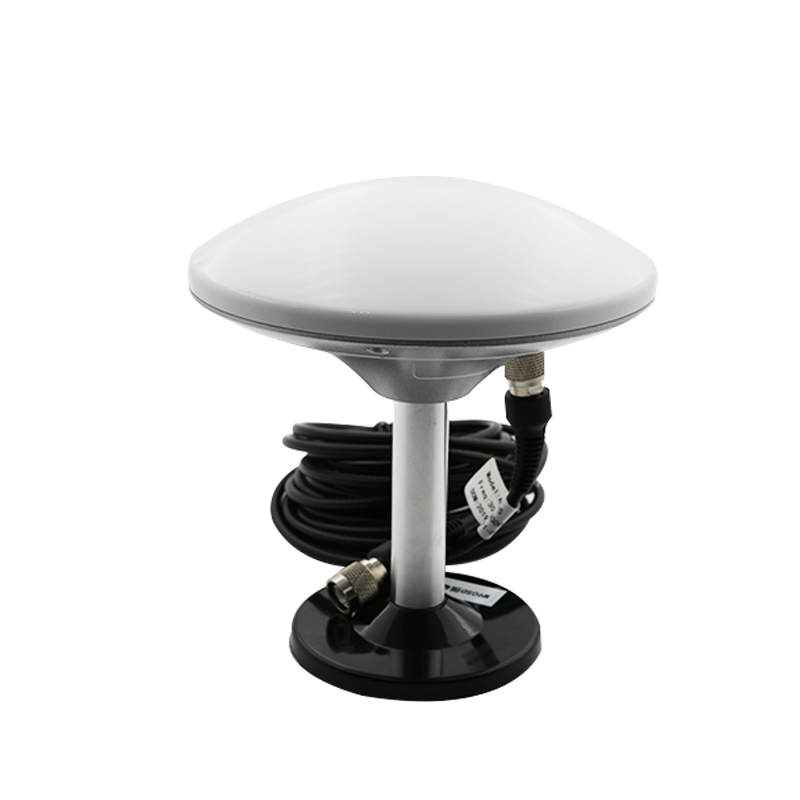
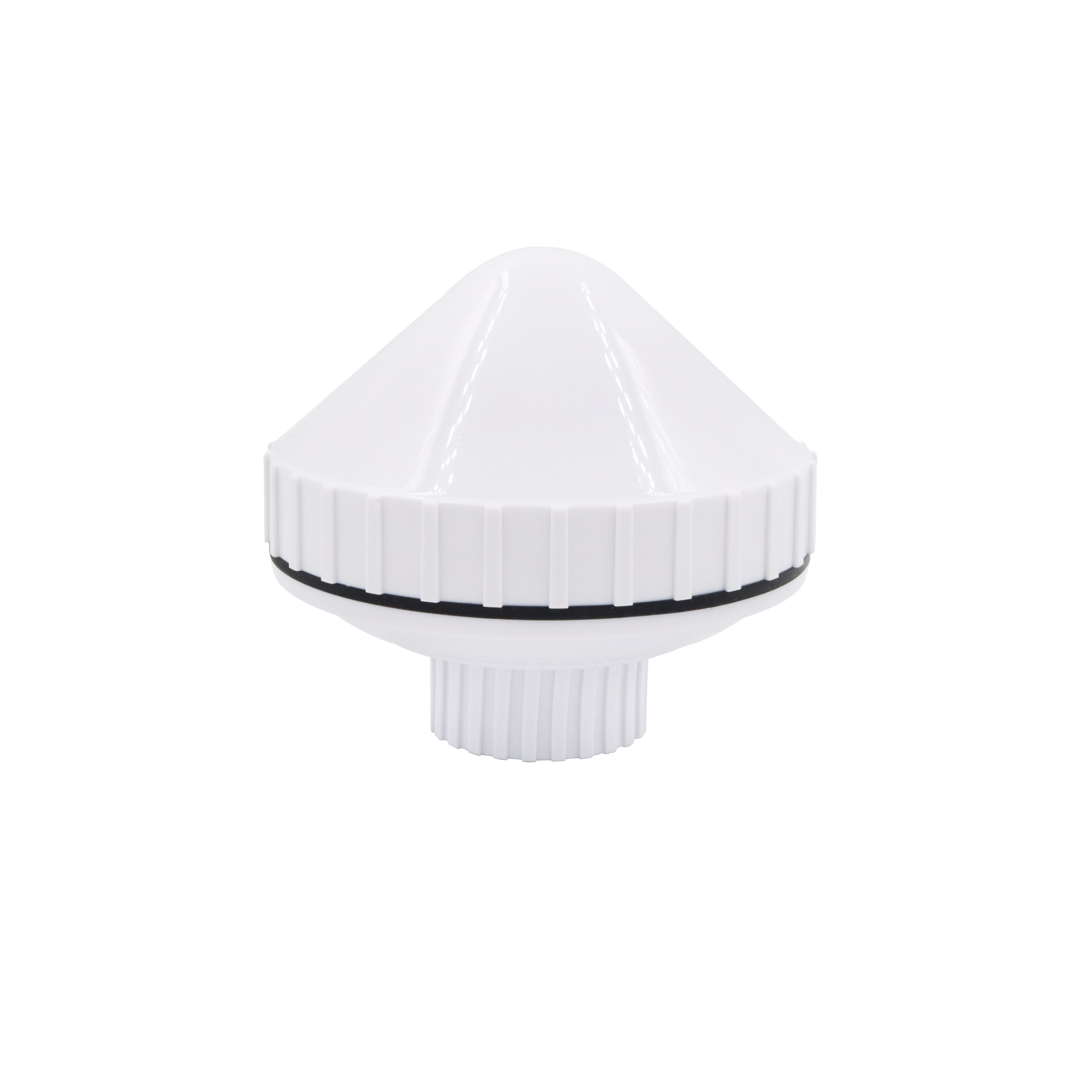
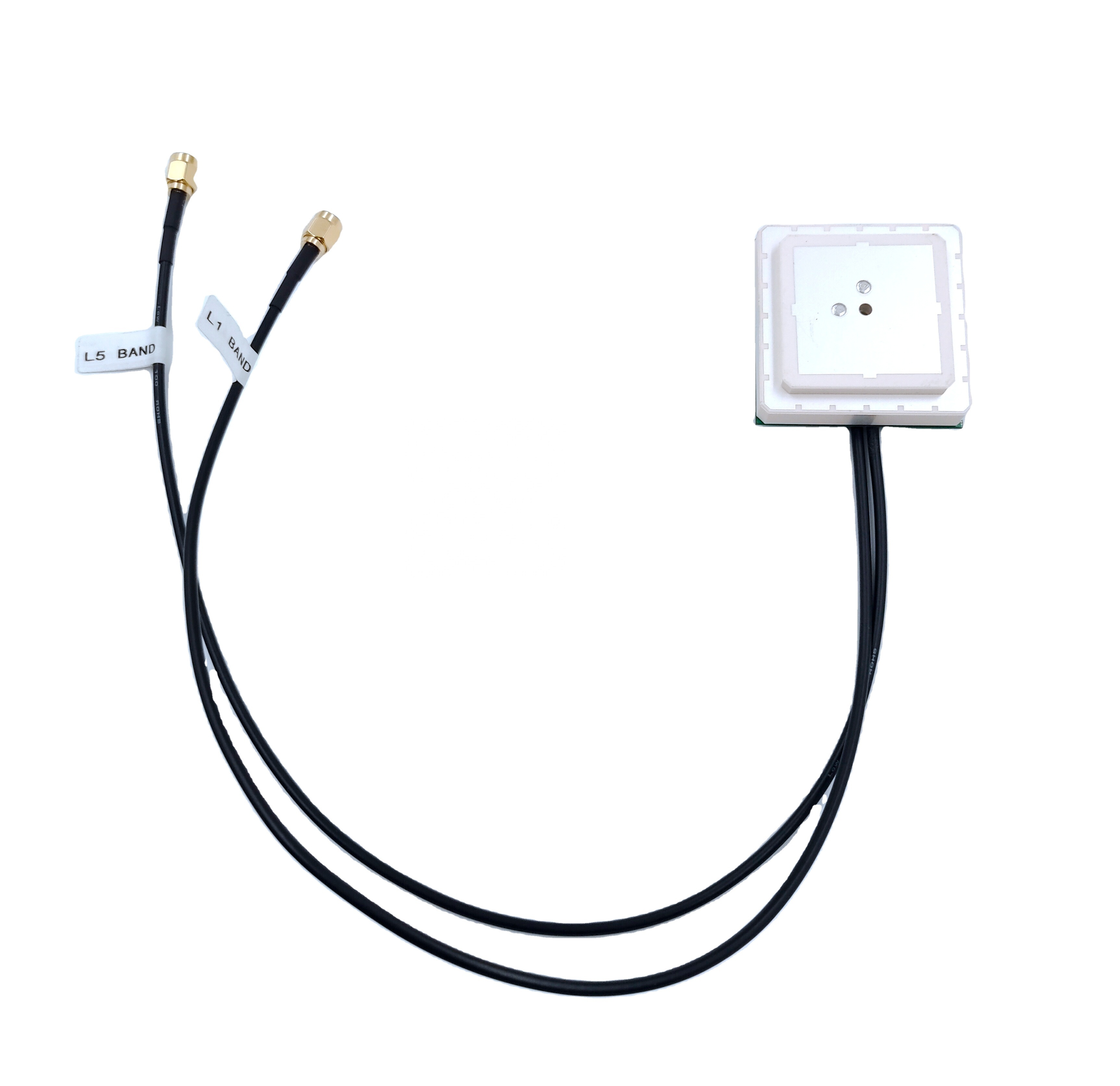
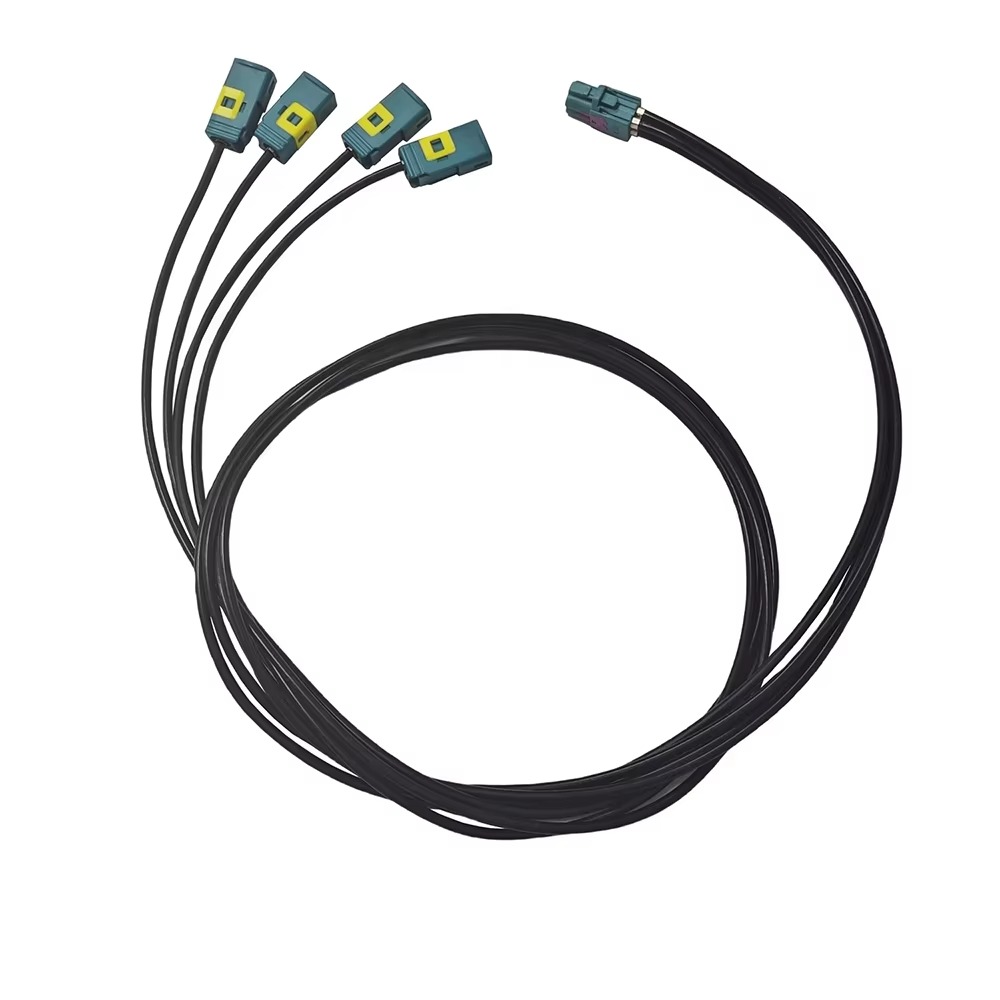
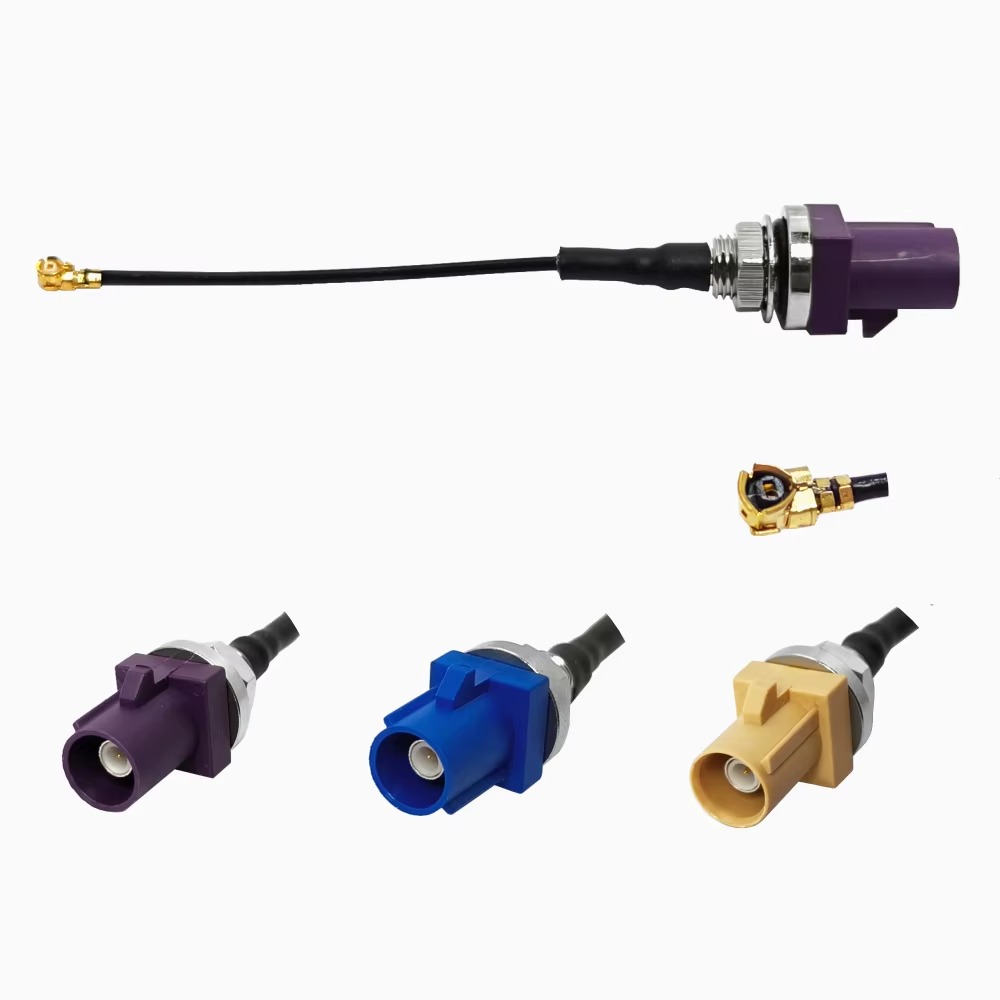
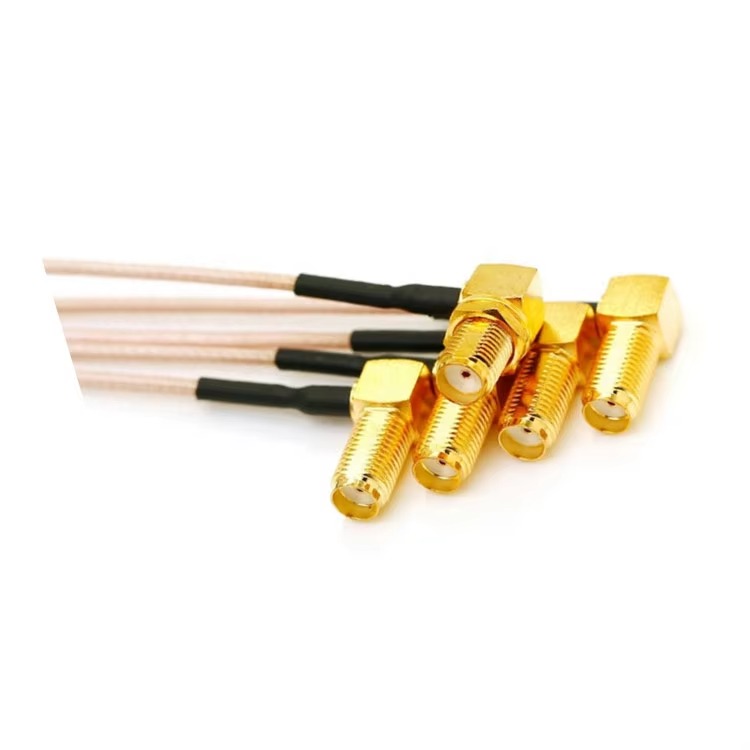
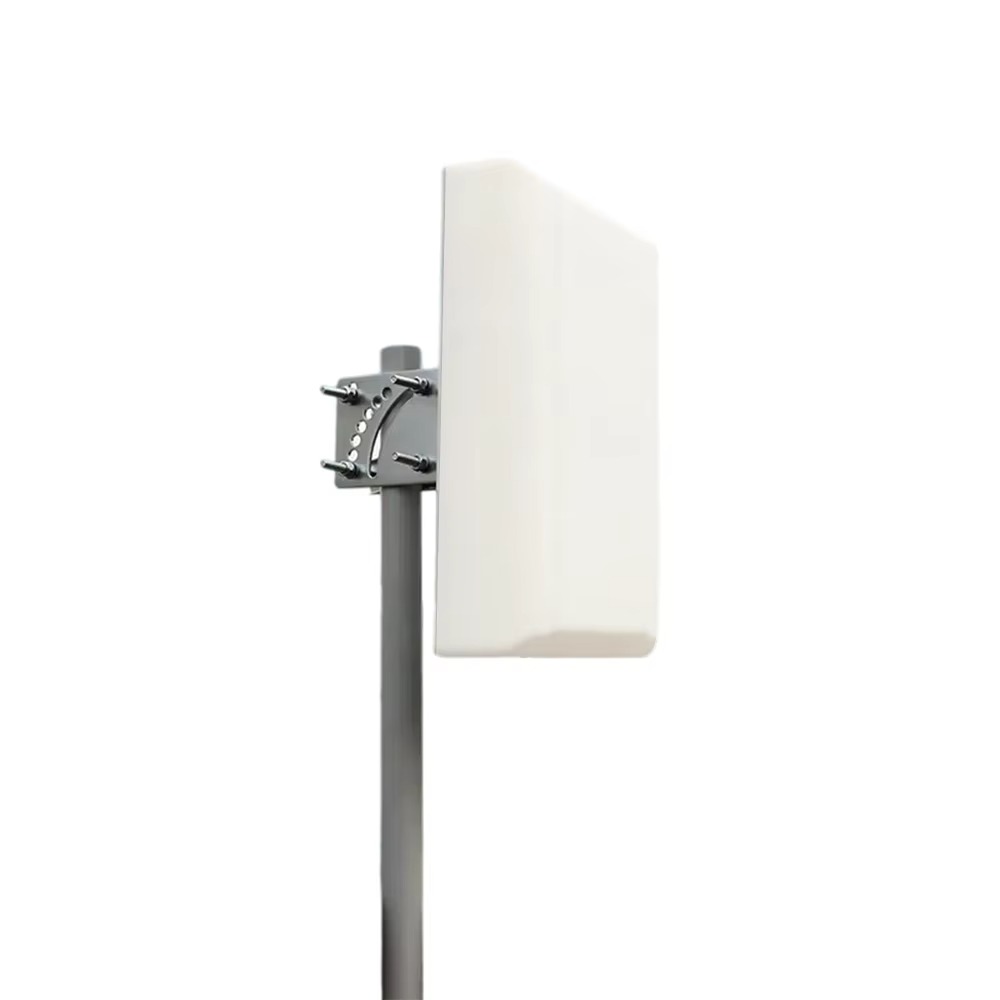
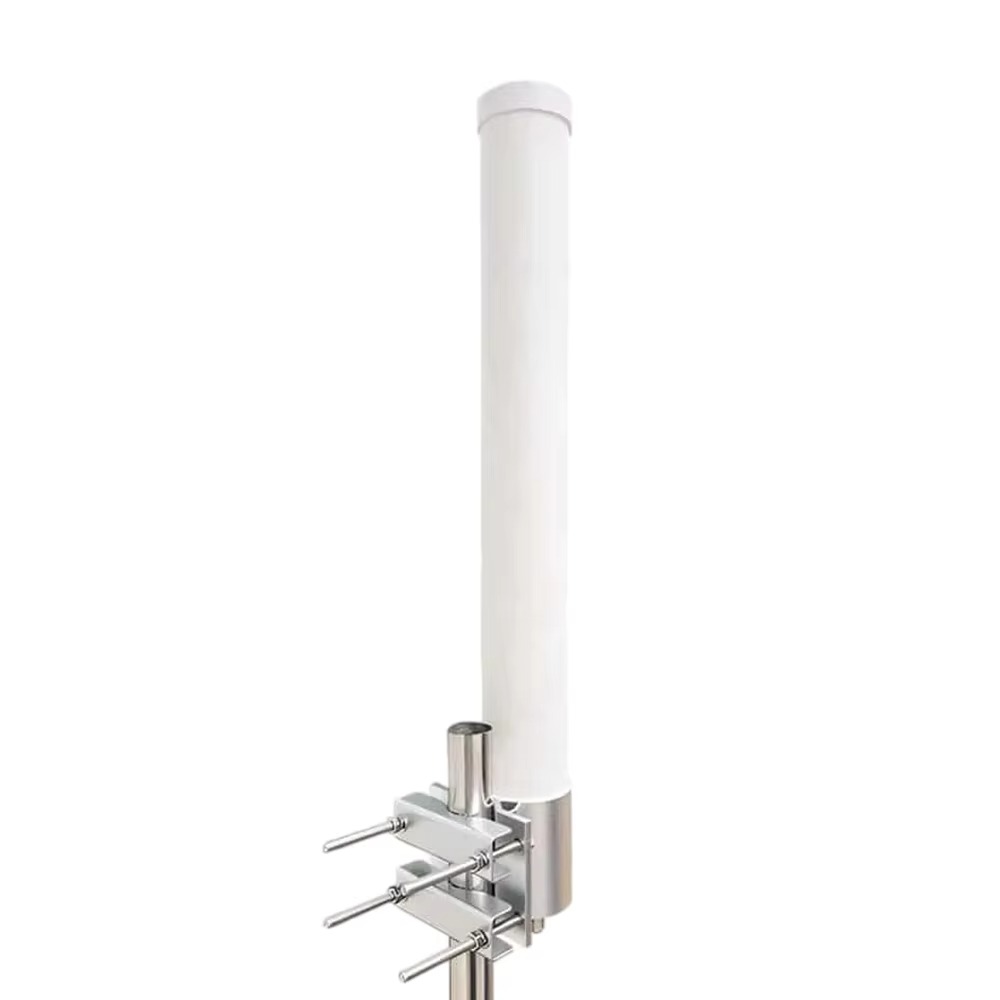
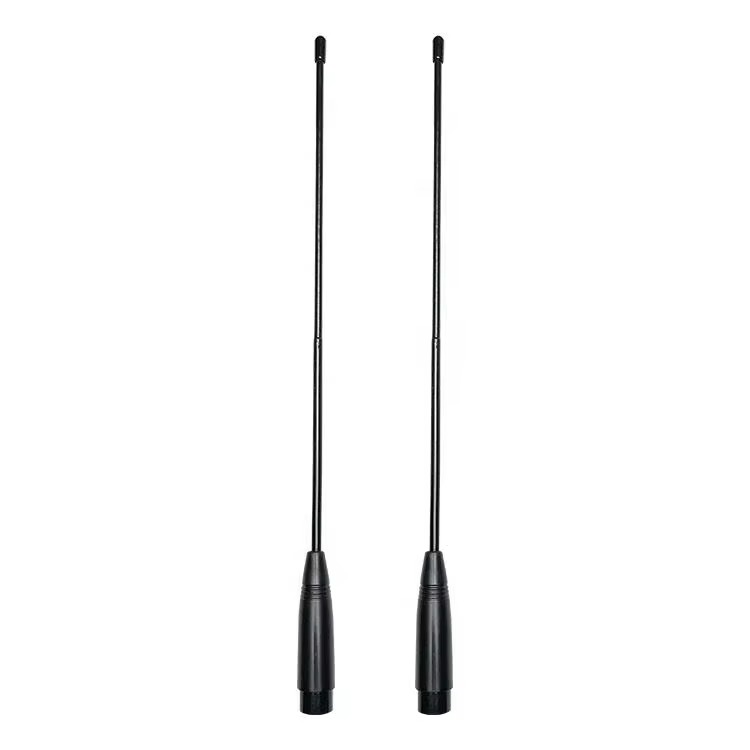













































 CN
CN


 Home >
Home > 














